Nearly 700 years after producing Britain’s first gold coins, the maker of the national currency is pioneering the recycling of gold from everyday electronic products. And it all came about because of a chance viewing of Canada’s version of the hit TV show Dragon’s Den.
The Royal Mint at Llantrisant north of Cardiff in south Wales is one year into its innovative operation to recover gold from printed circuit boards (PCBs). Crucially, its precious metals recovery business is embracing the circular economy by using recyclable, low-hazard solvents, renewable energy and the latest sorting technology to recover the gold – as well as the other materials used to make PCBs.
Seven years ago, company executives were grappling with a big social shift in how Britons spent their money. It was the middle of a decade when coin use in the UK was declining significantly, falling from 54% of all transactions in 2014 to 14% in 2022, driven by the rise of contactless card and mobile payments.
This trend was accelerated during the pandemic as consumers adopted contactless payments for hygiene reasons. By chance, a senior member of staff came across a YouTube video of Canada’s version of the Dragon’s Den TV programme from 2018 using what the entrepreneurs said was a vinegar-based solvent to recover gold.
Innovative science
The Dragons were astounded to see the gold being extracted from PCBs in front of them. Showing off the process – and the chemistry they’d invented – were the founders of Excir, based in Calgary. The Royal Mint bosses thought they had the capacity – and heritage – to embrace the innovative science with their existing expertise in precious metals. There’s been no looking back.
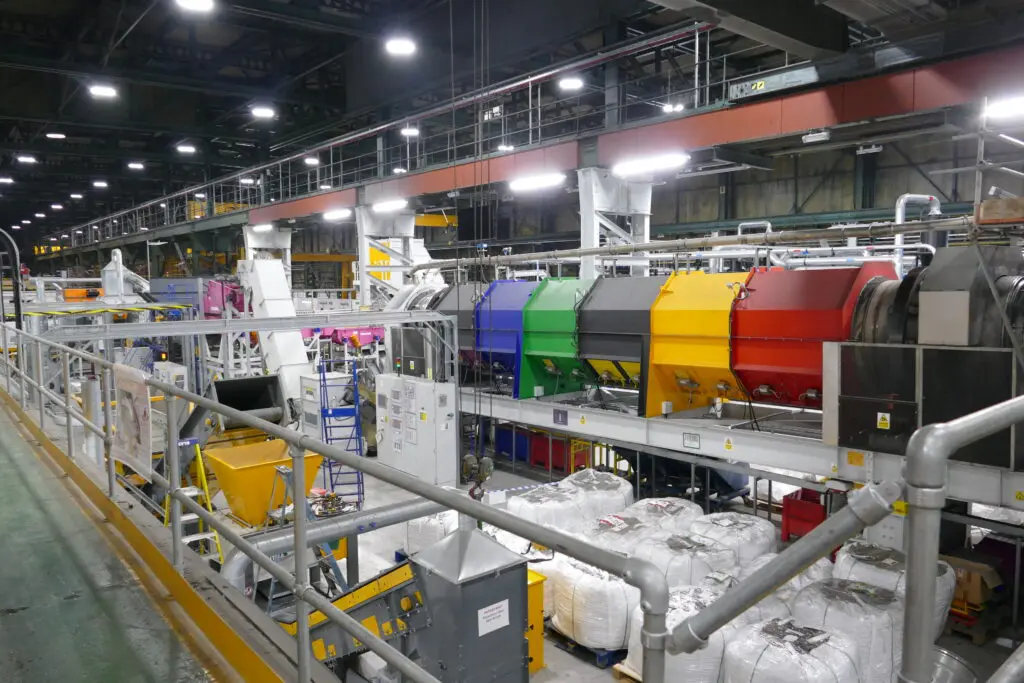
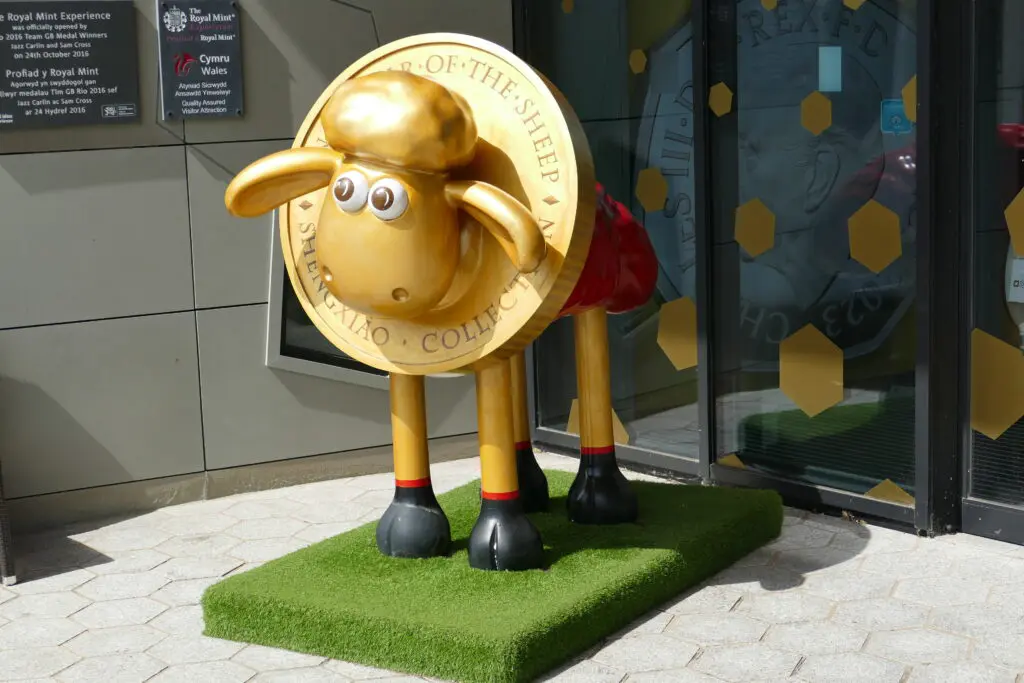
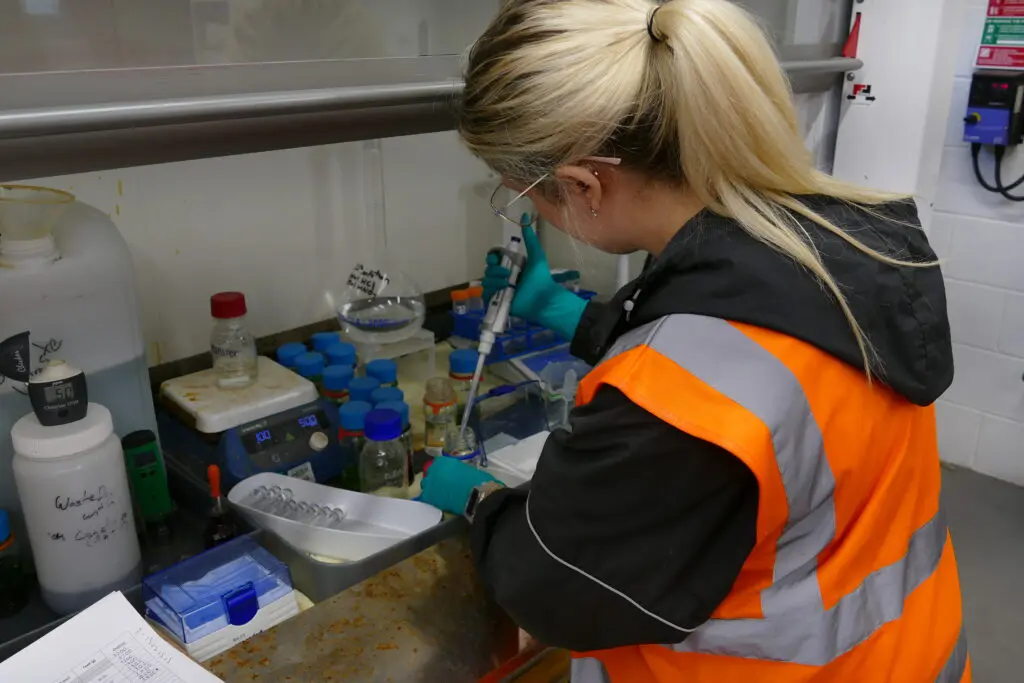
The steep growth in the use of phones, computers and similar e-products ensures a lucrative, continuing feedstock that delivers gold, aluminium, copper, plastic and other materials. All are processed and recycled at The Royal Mint, although some of the amounts can be tiny – PCBs from 600 mobile phones provide enough gold for a single ring weighing 7.5g.
Luxury Jewellery
The Royal Mint’s first head of sustainability, Inga Doak, tells Recycling International that in the past 12 months the operation ‘has gone from zero’ to processing 1 500 tonnes of PCBs, delivered by 110 suppliers, while gold to the value of over £500 000 (EUR 578 000) has been recovered.
The circle is completed when the gold is used to make hand-crafted jewellery sold under The Royal Mint’s 886 luxury brand. It is the first jewellery brand to create a sustainable supply of e-waste gold on its own site, sourced and manufactured from the UK.
These are still early days, according to director of operations Leighton John who joined the company as an apprentice in 1991. He says they are learning all the time how to exploit this innovative technology.
‘We’ve got a world first plant, the way we’ve set it up. I’d be lying if I said this has always been working like a Swiss watch. But we are in a position now where we are processing every day and we’ve got really good outputs, increasing day-on-day.’
‘It’s where we would expect a plant of this type to be at this point. Our main focus is optimising and cleaning up the outputs to maximise the returns from all the different streams.’
The ‘magic’ plant
So, how does this pioneering technology work? The first, mechanical, stage of recovering the gold will be well-known to recyclers. The feedstock comprising various types of PCBs is cut into 40mm pieces and introduced in 75kg batches into a rotating furnace in the ‘dry’ plant.
The 270C temperature melts the solder and the rotation of the furnace breaks the metal components from the plastic motherboards. Gold within individual components is recovered by a partner but the plan is to bring the work in-house eventually.
After heating, the 40mm pieces are optically separated into those with gold and those without. The dry plant is in what used to be a metal foundry for the diminishing currency business.
The pieces with gold are taken to the nearby ‘wet’ plant while the rest is pulverised in a hammer mill and further sorted by air and electrostatic separators. The mill and subsequent sorting deliver refined scrap aluminium, copper and other metals which are sold back into the value chain.
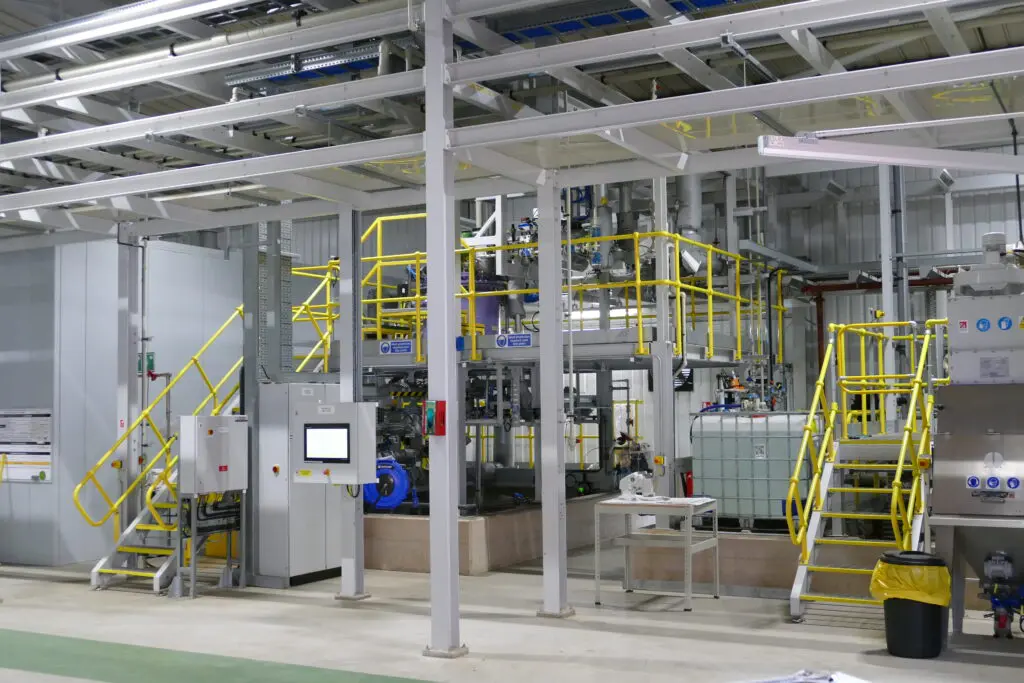
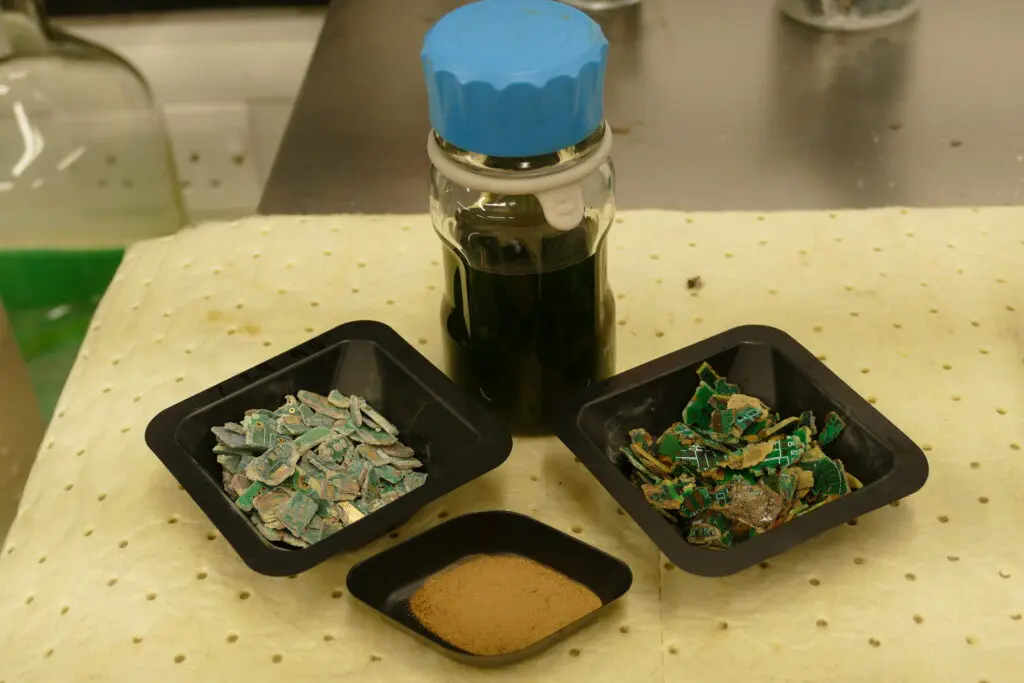
The plan, due to be implemented shortly, is for the plastic from the boards to be recycled for use in the construction industry. The ‘magic’ comes in the wet plant which is nearby on the 14-hectare site. Reducing the original PCBs into manageable chunks and removing as much of the non-gold as possible is crucial for ensuring only gold-rich shredded PCB pieces go into the solvent.
The plant is highly automated and operated by sophisticated software. Only a handful of employees is needed for a few manual tasks, sampling and R&D in a lab alongside the equipment.
Senior chemist Lucia Garcia Rodriguez explains the lab team constantly reviews the individual processes and tests minor tweaks and adjustments to equipment that hadn’t even been installed two years ago.
Smart solvent
Garcia Rodriguez sets out how Excir’s chemistry is wholly different from the traditional recovery of noble metals in aqua regia, a highly corrosive, fuming liquid made by mixing concentrated nitric and hydrochloric acids and processing the gold at high temperatures and over long periods.
Firstly, the Excir solvent works at room temperature. Secondly, the gold is processed within minutes rather than hours – a ‘piano key’ component from a PCB, for example, is stripped of gold within four minutes. Thirdly, the solvent is reusable with up to 80% returned for subsequent leaching. Fourthly, the gases given off are isolated and treated to make a salt.
Because gold is so heavy, gravity plays a big part in moving it through the solvent process. The oxidised gold solution is then filtered, washed and dried before gold is precipitated back as a powder.
The chemistry was always intended to target gold but Royal Mint is now working with Excir to see how the chemistry could be modified to selectively target other potentially high value metals such as silver or palladium.
Don't hesitate to contact us to share your input and ideas. Subscribe to the magazine or (free) newsletter.



